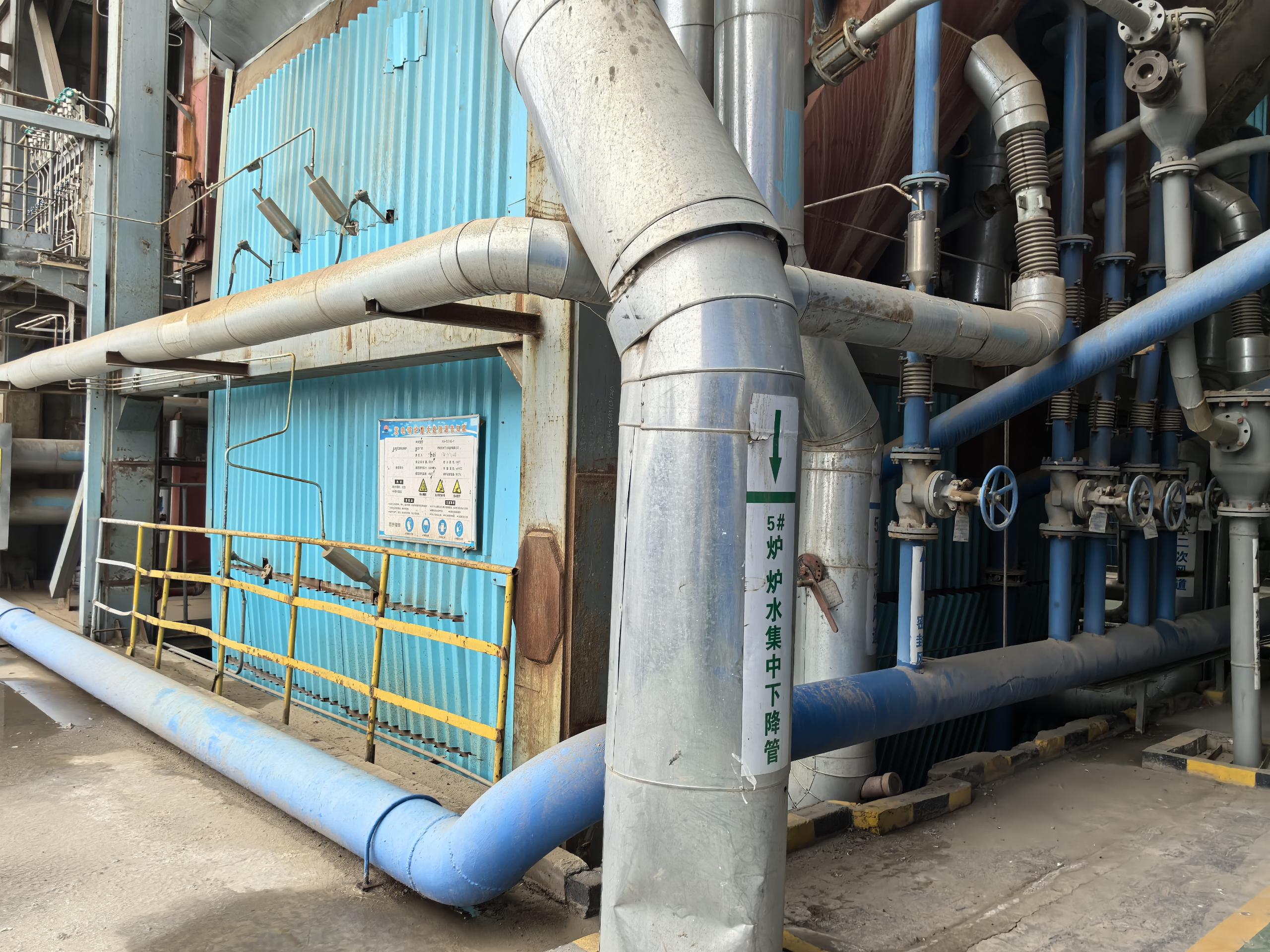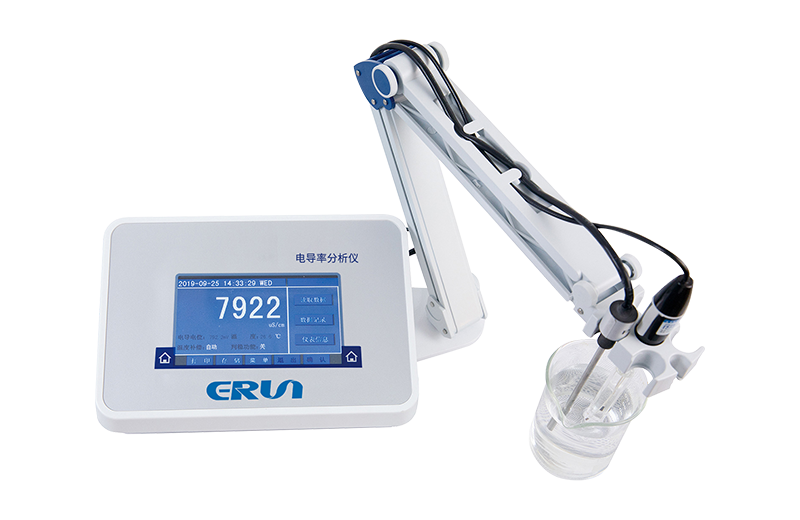The measurement range of conductivity meters usually varies depending on the model and application.In general, the measurement range of a conductivity meter starts from very low values of conductivity, e.g. 0.01 μS/cm, up to relatively high values of conductivity, e.g. 2000 mS/cm.For trace conductivity detectors, the detection range is usually more precise and capable of measuring very low conductivity values.In this article, we will describe in detail the range of trace conductivity testers and the standard limits they apply in different industries.

1. rationale
Conductivity is a physical quantity that measures the ability of a substance to conduct an electric current, usually in Siemens per metre (S/m).A micro conductivity tester calculates conductivity by applying a voltage to the liquid under test and measuring the resulting current strength.The method is based on Ohm's Law and is applicable to aqueous solutions and other fluids with ionic properties.
2. temperature effect
Temperature has a significant effect on conductivity, as the temperature increases, the conductivity of the solution increases.Therefore, a high quality trace conductivity tester will have built-in temperature compensation to ensure the accuracy of the measurement results under different temperature conditions.
1. Pharmaceutical industry
- Applications: In the pharmaceutical field, trace conductivity testers are mainly used to monitor water quality in production processes, such as water for injection, cleaning validation and other processes.
- Standard limits: According to the United States Pharmacopoeia (USP), the European Pharmacopoeia (Ph. Eur.) and the Chinese Pharmacopoeia (Ch. P.), the conductivity of the water for injection should not exceed 1.3 µS/cm (25°C), and the conductivity of the final product needs to be even lower after further treatment to ensure sterility and safety.
2. Food and Beverage Industry
- Applications: In food processing, conductivity testing helps to assess the quality of raw materials such as water, fruit juices, dairy products, etc. It can also be used for quality control of finished products.
- Standard limits: Although there are no uniform international standards, countries and companies usually set their own internal standards.For example, in some countries, the conductivity of drinking water should generally not exceed 2,500 µS/cm; for specific types of soft drinks, more stringent limits may apply.
3. Semiconductor manufacturing
- Applications: The semiconductor manufacturing process requires a high degree of water purity, and trace conductivity testers are used to ensure the performance of ultrapure water systems and prevent impurities from affecting chip quality.
- Standard Limit: The conductivity of ultrapure water used to clean wafers must be less than 0.1 µS/cm according to SEMI (Semiconductor Equipment and Materials International) standards.
4. environmental industry
- Application: Environmental monitoring departments use micro-conductivity testers to determine the amount of dissolved salts in wastewater discharges and to assess the level of contamination.
- Standard Limits: According to the "Water Pollutant Discharge Limits" and other relevant regulations, different regions and industries have different regulations on the conductivity of wastewater discharges.For example, in some regions, the conductivity of industrial wastewater discharges must not exceed 1,000 µS/cm.
5.Petrochemical, power generation and other industries
- ASTM D4327 Standard for Conductivity of Industrial Circulating Cooling Water
- GB/T 23887-2009 Determination of conductivity in industrial circulating cooling water

The above is the trace conductivity tester test range and applicable industry standard limits of the relevant content.The touch screen water conductivity tester produced by Erun Environmental Protection is developed according to GB/T 11007-2008 Test Methods for Conductivity Analysers, JJG 376-2007 Test Procedures for Conductivity Meters, and GB/T6908-2018 Determination of Conductivity in Boiler Water and Cooling Water Analysis Methods.It is applied to thermal power, chemical fertiliser, metallurgy, environmental protection, pharmacy, biochemistry, food and tap water industries, and is suitable for the determination of conductivity of aqueous solution.